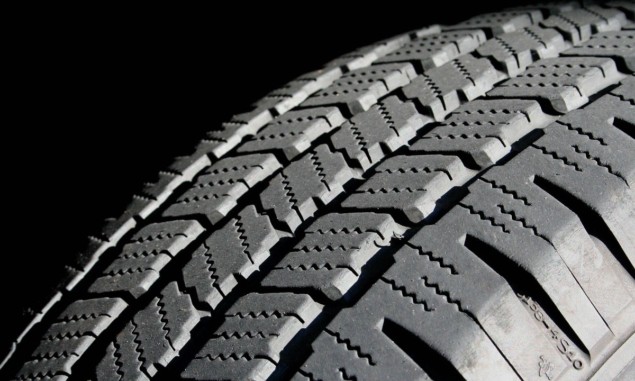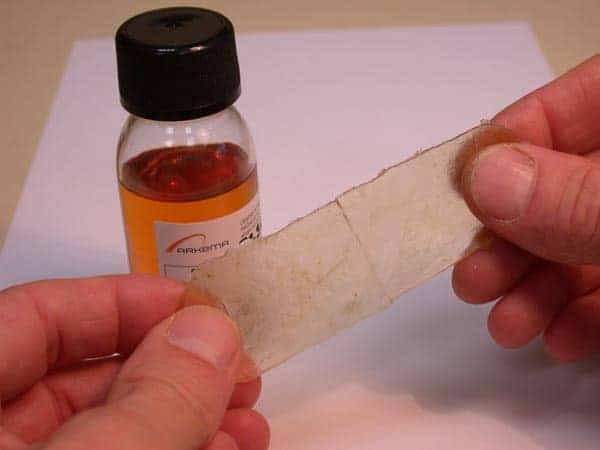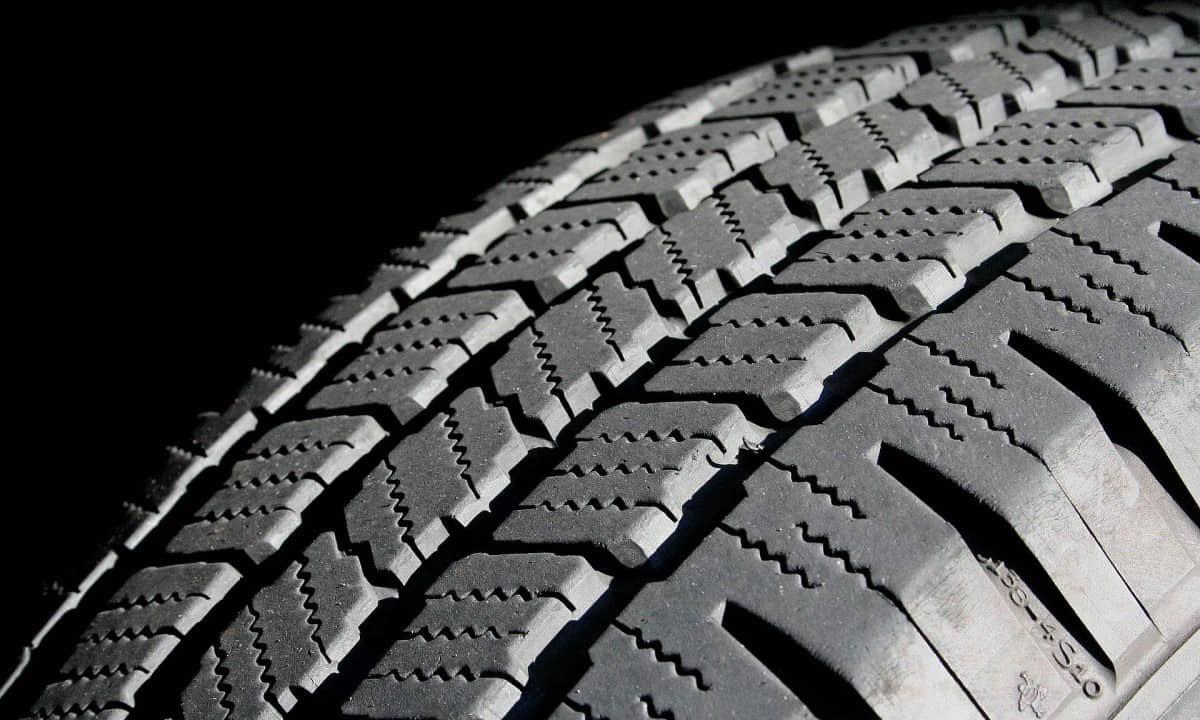
Detailed images showing how water drains through tyre grooves during hydroplaning have been obtained by Serge Simoëns and colleagues at France’s University of Lyon. Their technique could provide crucial guidance to engineers trying to design tyres that are better suited to driving in wet conditions.
When a tyre rolls over a wet or flooded road, a build-up of water pressure at the front of the tyre can generate a lifting force. Known as hydroplaning, the effect can cause tyres to lose all contact with the road if this lift becomes greater than the weight of the car. To minimize its influence, tyre treads must drain as much water as possible from front to the back, without significantly reducing road adhesion. Since the fluid dynamics involved in hydroplaning are highly complex, tread designs must be informed by detailed information about these flows.
Particle imaging velocimetry (PIV) is a widely used technique for measuring flow velocities in 2D. It involves seeding fluid with fluorescent tracer particles that must be small enough to accurately reflect the dynamics of the fluid surrounding them. Then, a 2D slice of the fluid is illuminated by a laser sheet, causing the particles to glow and create a direct image of the flow.
Fluorescent test track
In their study, Cabut’s team used PIV to image a thin film of water on a test track, as a car drove through it at several different speeds. Their images were captured from below, through a transparent window embedded in the road. To overcome the optical constraints of the setup, the researchers combined their fluorescence images with measurements of laser sheet refraction at the interface between the window and the flowing water.

Researchers create ‘self-healing’ rubber
Inside the grooves, Cabut and colleagues observed white elongated filaments, which hinted at a gaseous phase – possibly cavities or air bubbles – within the liquid water. In the largest grooves, these columns showed some local periodic distortions. The team suggests that the nature of this phase could be linked to properties of a tread including groove widths, spacings between adjacent grooves, and the locations of the transverse grooves connecting them. The team also observed swirling vortices in some of the grooves. These could have arisen from flows around the sharp edges of the tyre’s ribs, and their number may be related to the ratios between the heights and widths of the grooves.
For now, it is not yet possible for Cabut’s team to determine exactly how these vortices and bubble columns came about, and further studies will be needed to pin down their formation mechanisms. However, their innovative new setup will likely be a key first step in these efforts. With a greater knowledge of the flow velocities involved in hydroplaning, engineers could design tread patterns that are better suited to minimizing the effect, while maintaining overall tyre performance.
The research is described in Physics of Fluids.
